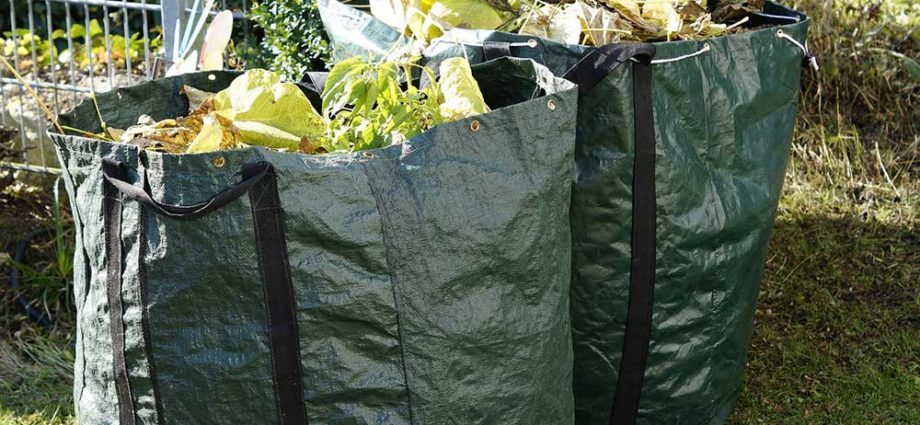Once the days start getting shorter and there’s a new chill on the breeze then you know summer is coming to the end. While the joy and excitement of spring’s newest sprouts and summer’s bountiful harvest are just a memory, there’s still some work to be done in your garden. Depending on your zone and what you have planted, you may have food growing until your first hard freeze. But when the weather starts to turn, you may want to take advantage of the last warm days to clean up your garden plots and prepare for winter. Use this checklist to set your garden up for success next spring.

Complete Fall Vegetable Garden Clean-up Checklist
Final Harvesting
If there’s a frost or freeze in your future, now is the time to harvest any fruits and veggies left in your garden. Even if they’re still green, tomatoes can ripen indoors. Leave some stem on when you harvest and place them in a sunny window so you can enjoy tomatoes after the freeze.
Clean Out Your Garden Beds
Fall is the best time to clean summer annuals from your beds. While many gardeners advocate leaving debris in the garden over winter for the benefits of birds and other backyard critters, this advice does not hold for vegetable gardens. If you’ve had any issues with pests or diseases this season, leaving the dead plants over winter can carry the problem on to next year. Burn or throw away any pest ridden or diseased plants and compost any healthy plants.
Mulch Perrenials
Leave any plants that are perennial in your zone, cleaning up dead or browning leaves and stems. Once they are tidy and temperatures really start dropping, mulch them with straw or seedless hay to help keep them warm as they overwinter. I sometimes use fall leaves in a pinch.

Remove Weeds
When you’re cleaning out your beds, make sure to remove any weeds. This will help you get a head start on spring and make your beds look nicer during the winter.
Spread Compost
If you’ve had a batch of compost cooking all summer, this is a great time to spread it in your garden–even if it’s not fully cooked. It will add nutrients to your garden and set you up for a great spring. Spread about 2-3 inches on top of your soil. Over winter it will work itself into the soil thanks to snow, rain, and the microorganisms in your garden.
Store Trellises and Tomato Cages
If you have enough space, store trellises and tomato cages indoors over winter. I usually tuck them into the corner of my garage. This will protect them from the elements and help them last longer.
Bring Herbs and Other Potted Perennials Indoors
If you’re growing mint or other perennial herbs and edibles in pots, they won’t survive the winter outdoors in colder gardening zones. Many herbs will continue growing all winter in a sunny windowsill. Just give them a spray with the hose to remove any bugs and bring them indoors. For other plants that go dormant, like peppers, strawberries, or small fruit trees, move them to a cool garage or basement. You’ll want to check on them periodically to make sure they don’t dry out, but they’ll be OK until spring.
Organize Garden Tools
By the end of the summer, my garage is usually a bit messy, with tools and other gardening supplies kind of spread about after long days of work. This is a good time to finish up any projects and get all of your garden tools back in order. Not only will it make winter in your garage easier, but then you can start spring with fun projects rather than a garage or shed clean up.

Clean and Sharpen Garden Tools
While you’re organizing your garage or shed, take this time to clean or sharpen any garden tools that need it. This not only will set you up to be ready to go in spring but will also help with the longevity of your tools and make your storage space look neat.
Winterise your Garden Hose and Rain Barrels
If you live in a zone with freezing temps in the winter, you can increase the longevity of your garden hose and rain barrels by preparing them for winter. If you use a plastic rain barrel, freezing temperatures can cause them to crack, making them useless for rainwater storage. Empty the water, give the barrel a rinse with the hose and then store them in a garage, shed, or upside down in a covered area of your yard to prevent moisture accumulation that can freeze.
Disconnected your garden hose and empty any water inside, then coil it up neatly and store inside your garage or shed. If you don’t have a frost-free spigot, locate the shut-off valve inside your house and turn the water off, then open the spigot to drain any water.
Even though summer gardening is over, that doesn’t have to be the end of your fun.
Check out these easy to freeze fruits and vegetables to enjoy your harvest all winter long. Or try out the five easiest foods to grow indoors in winter.
